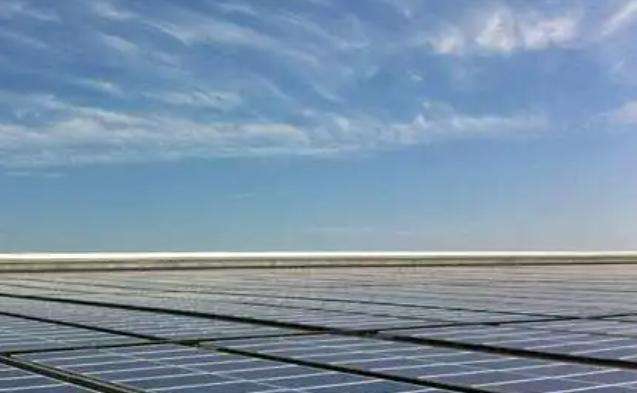1. The ambient temperature is too low.
2. Startup speed is low. For manually started diesel generators, the speed should be increased gradually and then the pressure relief handle should be moved to the non-decompression position to allow normal compression in the cylinder. If the decompression mechanism is incorrectly adjusted or the valve resists the piston, you will often feel like it is very laborious to crank the car. Its characteristic is that the crankshaft cannot rotate when rotating in a certain position, but it can turn back.
Solutions to the problem that the diesel engine cannot fire when the diesel generator set is under load:
1. When the temperature is low, the diesel generator must be preheated, otherwise it will not be an easy start.
2. At this point, in addition to checking the decompression mechanism, you should also check si the meshing relationship of the timing gear is incorrect. For diesel generators using electric starters, if the starting speed is extremely slow, it is mainly because the starter is weak, which does not mean that the diesel generator itself is defective. A detailed inspection of the electrical circuits should be performed to determine if the battery is fully charged. Why is the diesel generator not charging the battery? How should we resolve this situation? Then the diesel generator expert - Deman Power will explain it to you.
Fault Analysis:
It is common for the DC generator not to charge the battery. It is usually caused by DC generator rotor, DC generator rotor, DC regulator or. Caused by poor contact in the charging circuit.
Cause of the failure:
1. Damage to the DC regulator
2 Poor contact of the carbon brushesn of the DC generator
3. to the rotor
4. The stator is damaged
5. The armature output line is open circuit or has poor contact
Troubleshooting method:
< p>1. Check the connecting wire and no abnormality is found2 In the absence of a testing instrument, one end of a thin wire can be fixed on the armature terminal and the other end can be fixed. be used to contact the generator housing. If sparks appear, quickly remove the wire. However, no spark was found during inspection, which indicated that there was an internal fault in the DC generator.
3. Disassemble the generator and inspect its internal contacts. It turns out that the armature wiring and the magnetic field "F" wiring are in good condition. After removing the rotor, it was found that there was friction between the rotor and the stator, causing the rotor to burn and become damaged.ent of the DC generator bearings.
4. After replacing the bearings and rotor, assembling and testing, the DC generator generates power normally. , if the wire connections are tight and the starter operates normally














